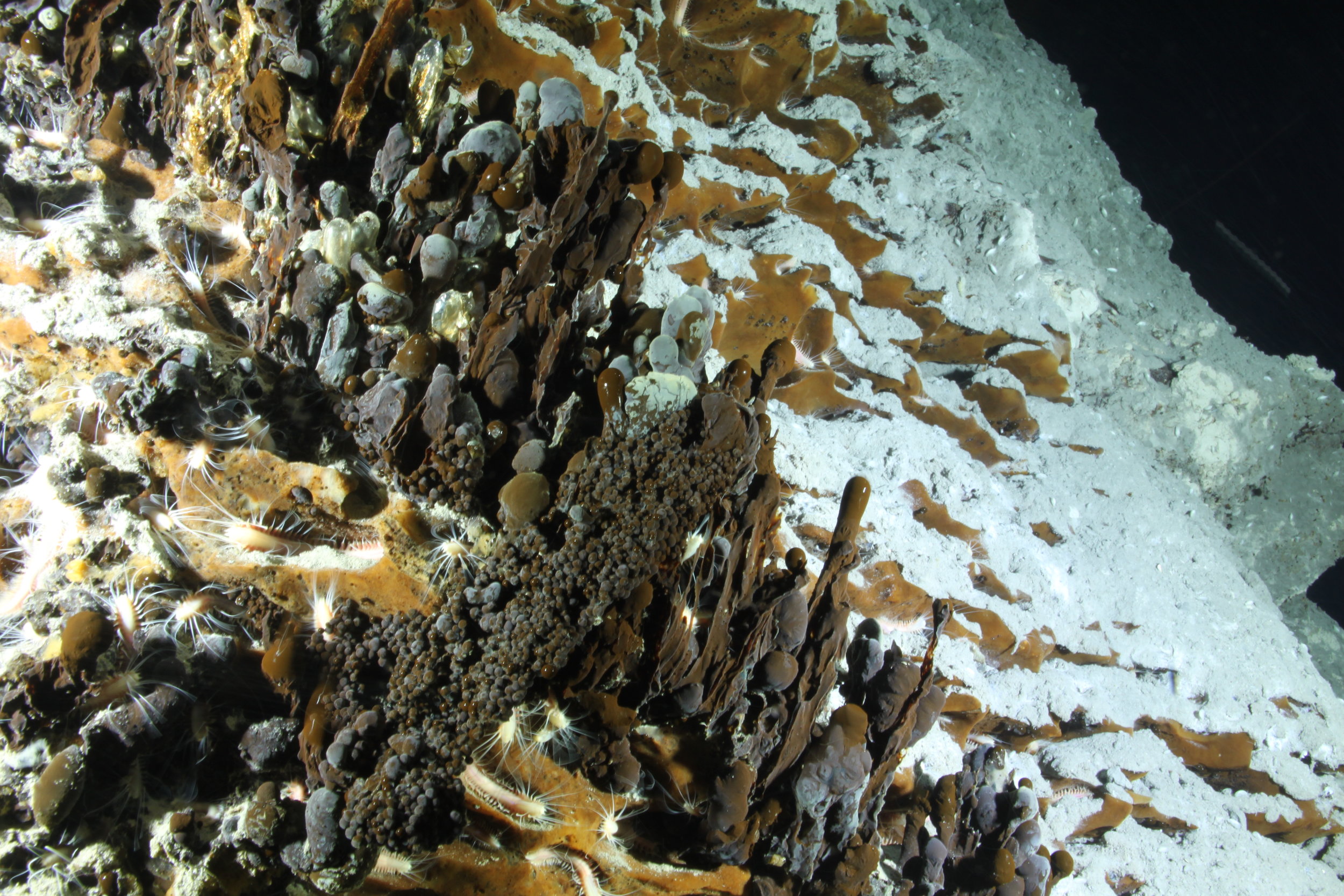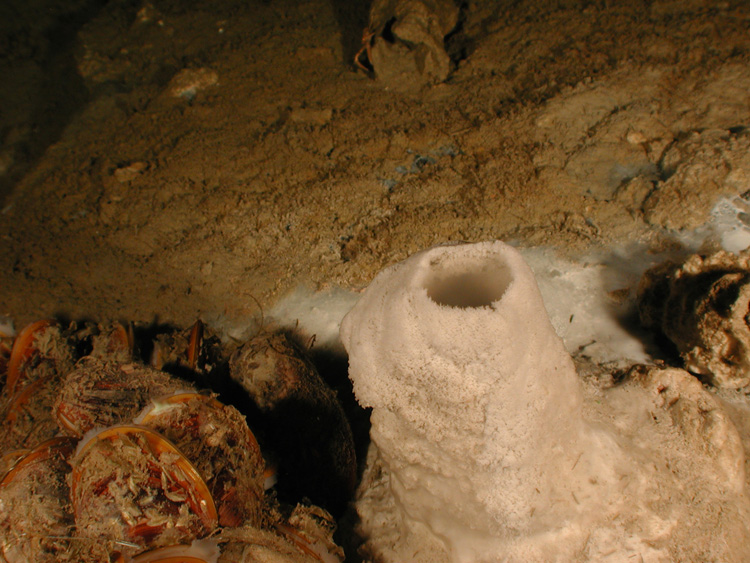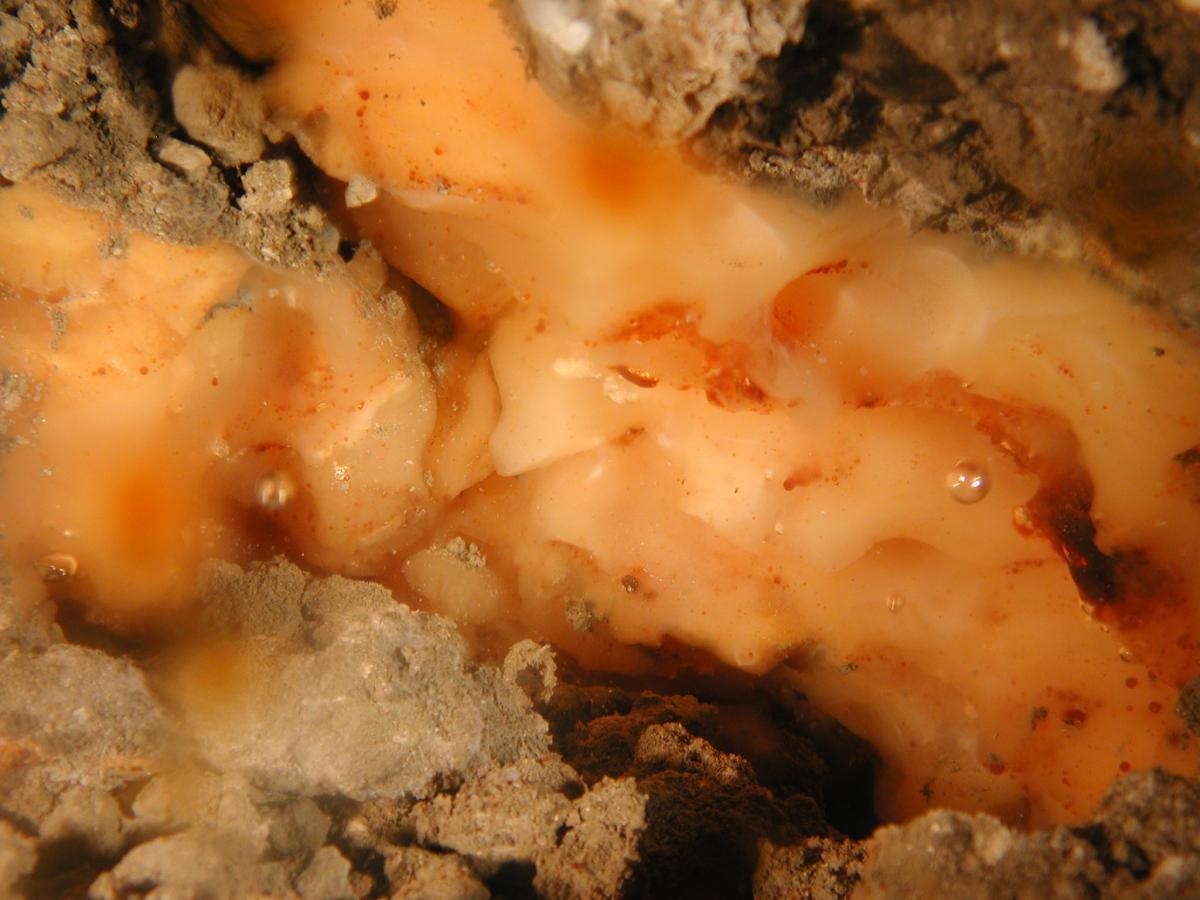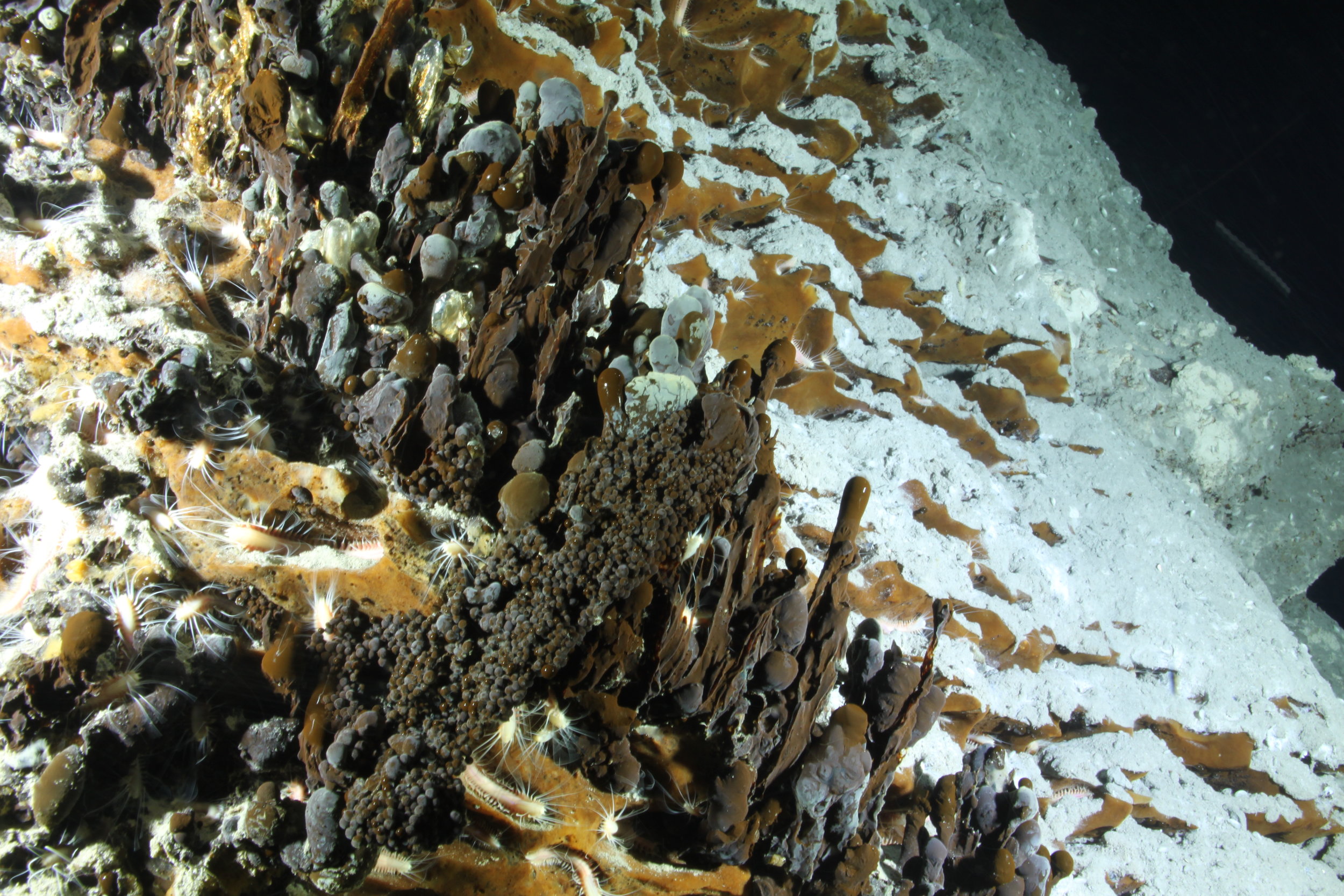Examining the relationships between microorganisms and the environments within which they exist is a basic goal of biogeochemistry. When such studies focus on the cycling of life in extreme environments (with respect to temperature, salinity, pH, etc), new insight can be obtained regarding the evolution of life on Earth and the ability of microorganisms to adapt to a variety of challenging conditions.
Our research in gas and oil seeps examines a broad range of heterotrophic (sulfate, nitrate, iron and manganese reduction) and chemoautotrophic processes. We are particularly interested in the production and consumption of methane, both in sediemtns and in the water column. We have developed state-of-the-art methods to quantify and study oil cycling in the environment. By design, this work includes traditional biogeochemical approaches and molecular biological and organic geochemical methods to quantify rates of processes, access microbial diversity and genetic potential, and to identify novel microorganisms with unique physiologies. Cold seeps, gas hydrates, brine pools and microbial mats are but a few of the distinguishing features of deep sea extreme environments. These habitats teem with life and microorganisms form the base of the ecosystem food chain.
Our research reaches into various deep sea environments, but our primary focus is on the cold seeps that exist in the Gulf of Mexico and Atlantic.
